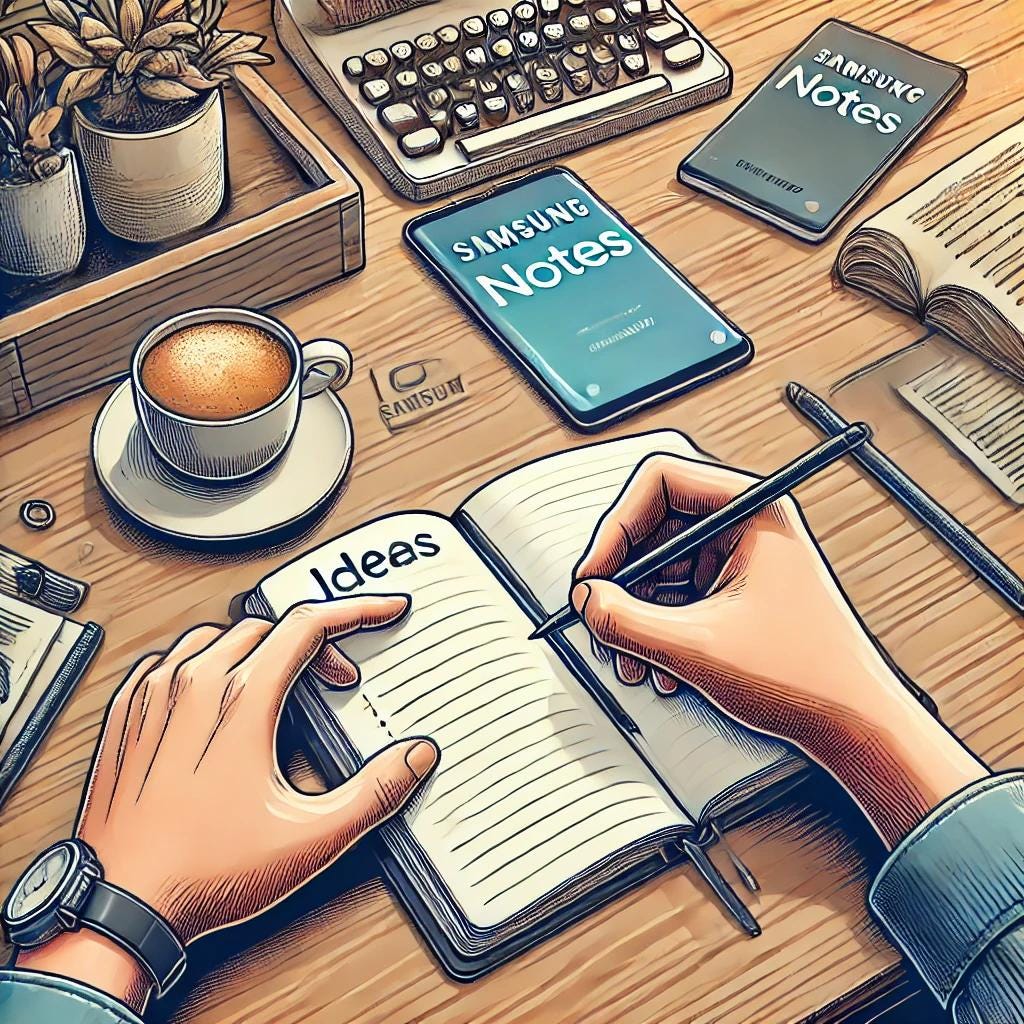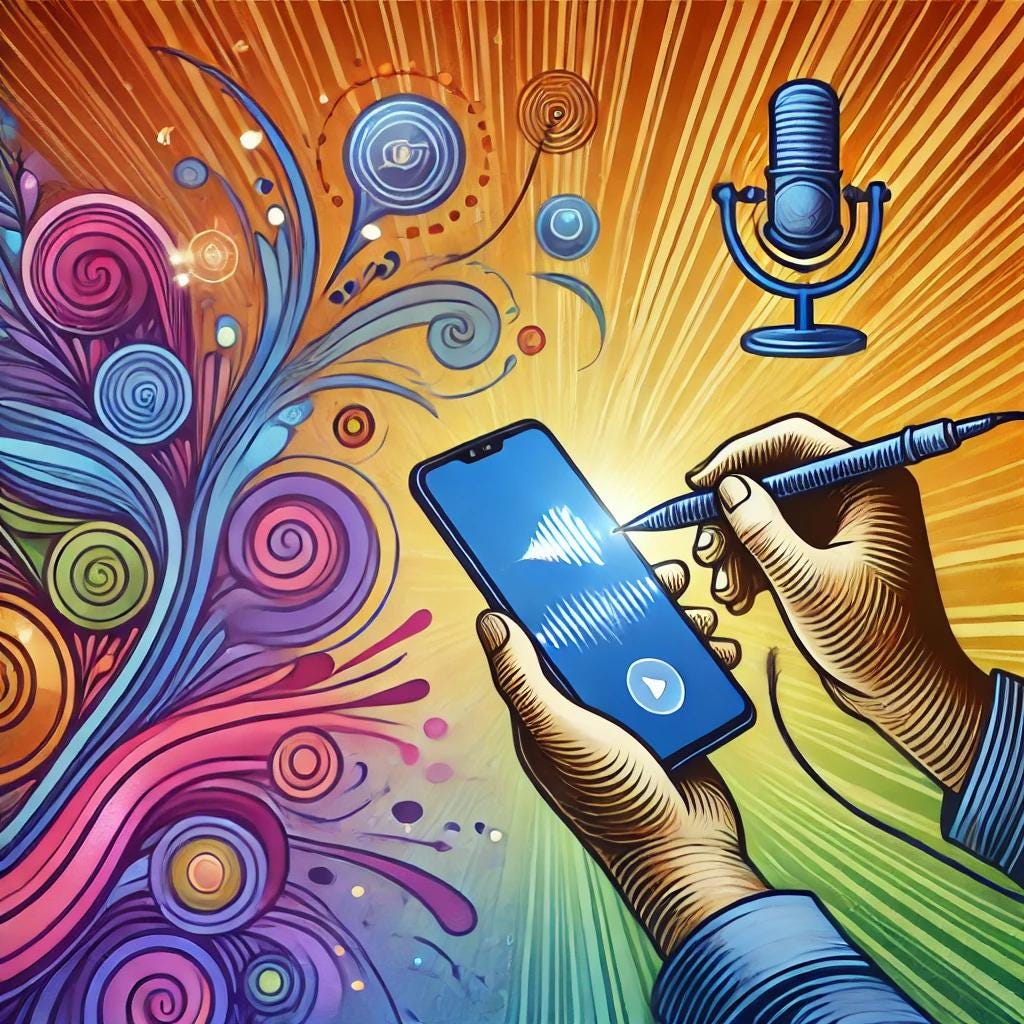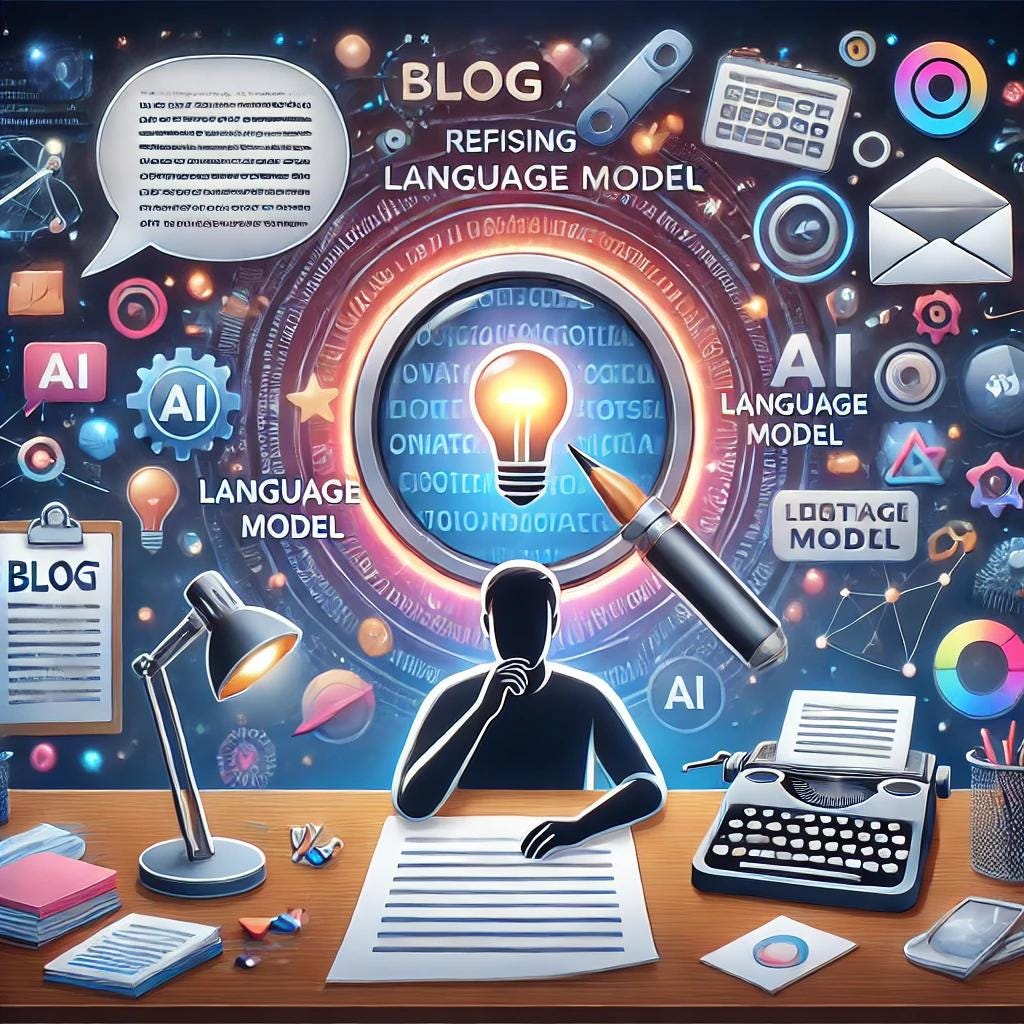In a previous post, I shared how large language models have become an integral part of my writing process, helping me shape ideas into structured, engaging narratives. Today, I want to give you a closer look at how my blog posts take shape—from the moment inspiration strikes to the final, polished draft.
The Spark of an Idea
Every blog post begins with an idea. These ideas often come to me at the most unexpected times—during a conversation, while hiking, or even in the middle of a busy day. To ensure I don’t lose the thread, I quickly jot down the core of the idea in my Samsung Notes app. This app is my digital notebook, a space where I capture everything from fleeting thoughts to detailed outlines.
Thinking Out Loud: The Voice Recorder Phase
Once I’ve had a chance to reflect on the idea, I move to my next step: recording my thoughts. Using Samsung’s Voice Recorder, I talk through the topic. This is where I let my thoughts flow freely, exploring different angles, raising questions, and sometimes even challenging my initial perspective. This step allows me to engage deeply with the idea and articulate it in a way that feels natural.
From Voice to Text: The Transcription and Summary
After recording, I take advantage of Samsung’s built-in AI transcriber, which works its magic to turn my spoken words into text. The transcriber doesn’t just deliver a verbatim transcript—it also provides a concise summary of my recording. This feature saves me time and helps clarify my thinking by distilling the essence of my discussion into manageable chunks.
Refining the Core Ideas: Enter ChatGPT
With the AI-generated summary in hand, I turn to ChatGPT for the next phase. I input the summary and ask it to transform the raw, summarized notes into coherent paragraphs. This step bridges the gap between brainstorming and structured writing, ensuring that my ideas flow logically and cohesively.
The Ritual: Polishing with Precision
At this point, my blog post starts to take shape, but the process is far from over. I rely on my ritual with large language models to refine and polish the piece. This ritual involves several rounds of review, during which I interrogate the text to ensure it aligns with my original intent and resonates with my audience. I scrutinize every paragraph, questioning whether the ideas are clear, the transitions are smooth, and the voice is authentically mine.
This iterative process allows me to maintain control over my writing while leveraging the power of AI to enhance clarity and structure.
Why This Process Works for Me
Writing is both an art and a discipline, and this approach balances creativity with structure. By combining tools like Samsung Notes, Voice Recorder, and AI-powered transcription with the capabilities of LLMs, I’ve created a workflow that maximizes efficiency without compromising quality. Most importantly, it allows me to focus on the heart of the matter—exploring and sharing ideas that matter to me.
This process might seem elaborate, but for me, it’s a seamless blend of technology and creativity. It’s a system that lets me honor my ideas, refine them with care, and ultimately share them with you in a way that’s both thoughtful and engaging.
What’s your approach to capturing and developing ideas? I’d love to hear how others navigate the creative process—feel free to share your thoughts!








